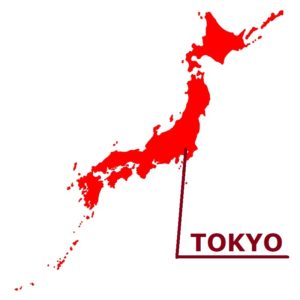
The exhibition area of the permanent exhibition room, which was renewed in spring 2015, is 9,000 square meters. It spans two floors, the fifth floor and the sixth floor, and is divided into two major areas: the Edo Zone and the Tokyo Zone. You can get in touch with the culture and history of the Edo period, and also the history of Tokyo from the Meiji era, the world war to the present.
The Edo-Tokyo Museum is one of the most popular spots in Tokyo tourism.
The Edo-Tokyo Museum has a slightly unique structure with a huge roof on top of the four legs. This is an image of a raised floor warehouse. When you come to the Edo-Tokyo Museum, please look at the exterior as well as the hall.
As you go up to the 6th floor with a direct elevator and enter the permanent exhibition room, a restored model of the Nihonbashi bridge built in the Edo period will appear in front of you. This bridge is reproduced in full size and will be overwhelmed by its size. The beautiful bridge construction made of wood has the power to captivate the viewer. This bridge is one of the biggest attractions of the Edo Zone.
If you cross the bridge, it is the start of the Edo period. Let’s admire the diorama that elaborately recreates the cityscape and daimyo mansion based on the Edo town split, and the Edo castle palace at the end of the Edo period. Not only the appearance of the buildings that make up the city, but also the doll’s expression, kimono, and the inside of the store are finely reproduced, and the completeness of perfection seems to be a work of art. If you look closely you can enjoy it without getting bored. Also, in this section, you can admire historical materials derived from shoguns and daimyos.
After the Bakumatsu-Ishin corner, finally, you will move from Edo Zone to Tokyo Zone. The start is the early Meiji period when Edo was renamed “Tokyo”. Then you follow the birth of the capital Tokyo, which continues to the present age, and its growth.
The area of the Meiji period is approaching modern times, and it is characterized by the fact that many real exhibits and photographs are displayed. In this era, Edo was renamed as Tokyo, and it was time to evolve at a tremendous pace to its present form. Not only the appearance of politics and the central city, but also the lives of the people who lived in that era are properly reproduced with sophisticated models. With the progress of civilization, the rails of the railways being laid, and the city of Nicholaido Hall being built in Ochanomizu, the appearances of Edo remained in the clothes, food and shelter of the people.
There are artistic models on display that give a glimpse of the real life of the common people of the Meiji era. It may be interesting to look at it while comparing it with the Edo period model.
It is a lot of fun to see the changing of Tokyo, the capital of Japan, in order. In addition, in this section, you can also enjoy the furniture, clocks and toys of the day. Let’s take a look at Tokyo in the early Showa era.
Hand down the old good tradition
“Edo Tokyo museum” is a museum where you can experience the history, culture and life of Edo and Tokyo. In the permanent exhibition room which was renewed open in 2015, including the large model which reproduced Nihonbashi Bridge and the playhouse in the Edo era in full scale, a model reproducing the appearance of the Rokumei-kan Pavilion in the Meiji Era and the state of the Ginza brick street, etc. the state of those days is exhibited in three-dimensionally. In addition, materials such as ukiyoe, kimono, lifestyle tools of former days etc. are exhibited abundantly every season, and you can learn the history of Edo and Tokyo while enjoying. There are about 2000 exhibits in the permanent exhibition room that spans the 5th and 6th floors of the museum, but anyway the space is wide and luxurious space is used. It is attractive that there are many dynamic exhibitions.
“The Edo Tokyo museum” in Ryogoku, Tokyo opened in 1993. It was built for the purpose of preservation and to hand down the old good tradition, the history and the culture of Edo and Tokyo that was being lost.
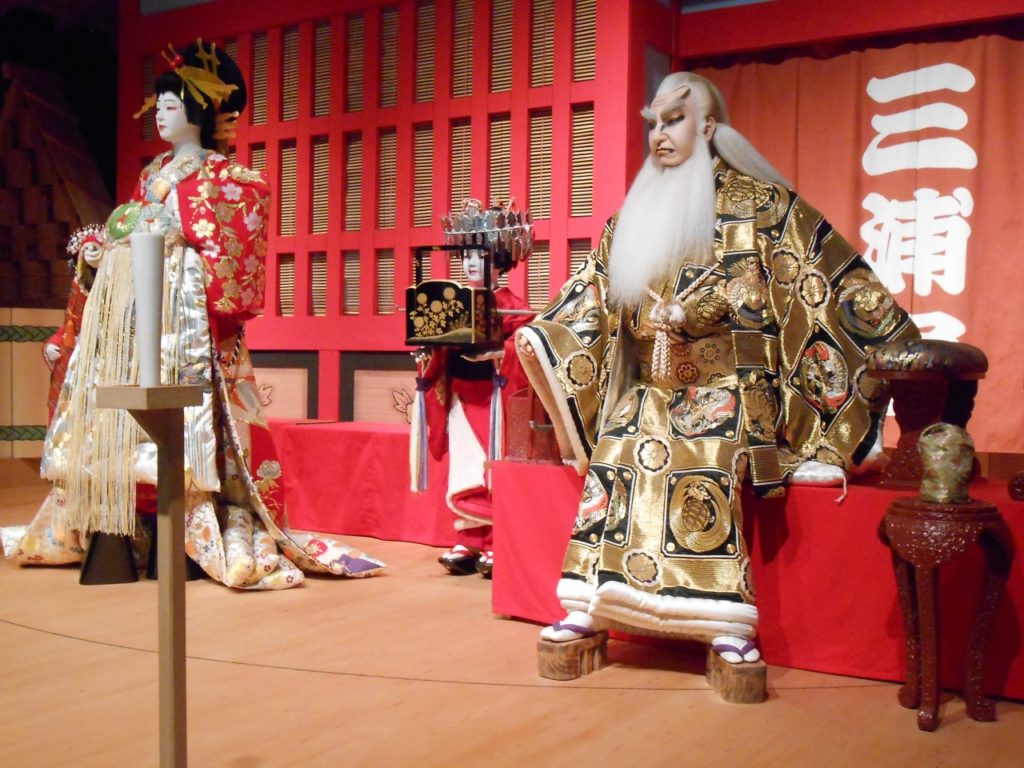
The history and the culture of the people
An area is divided into two zone, “Edo zone” and “Tokyo zone”. A living, the history and the culture of the people who lived in each “Edo” “Tokyo” time is displayed almost overflowing.
s.webry.infoThe full-scale restoration
Such a hall starts with full scale Nihonbashi! Other than approximately 2,000 points of history documents, there are a diorama and a full-scale restoration more than a general museum. Anyway, the diorama is already a work of art.
The playhouse of the Nakamura seat of the Edo period which was overwhelming visitors to the museum in the size even if seen from Nihonbashi Bridge of the sixth floor. Among them, Kabuki which is the stars of Edo culture is introduced with various models, and it is very popular also for foreign tourists.
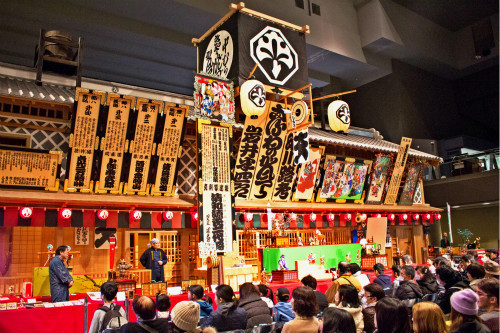
Must-see
You do not get tired even if you see it all the time! Based on a document and information that slightly remain, the cityscape and the people are made minutely. This is the site of must-see.
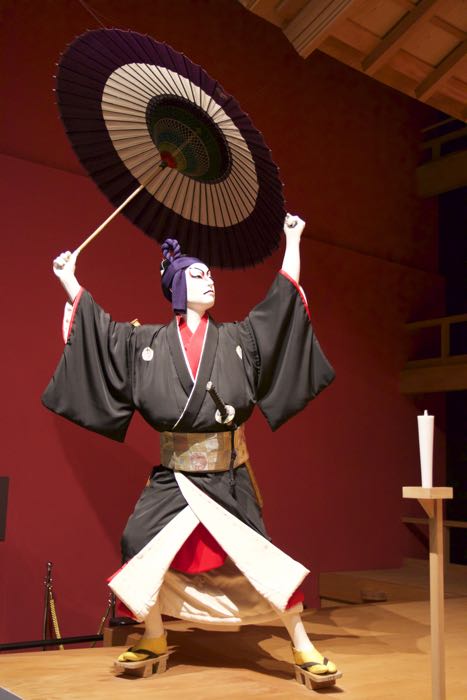
You can enjoy more than expected
It seems to be able to enjoy more than expected like the space that you can take a picture of is prepared for, and the show is carried out on the stage, apart from the exhibits. To compare the difference from modern Tokyo seems really interesting.
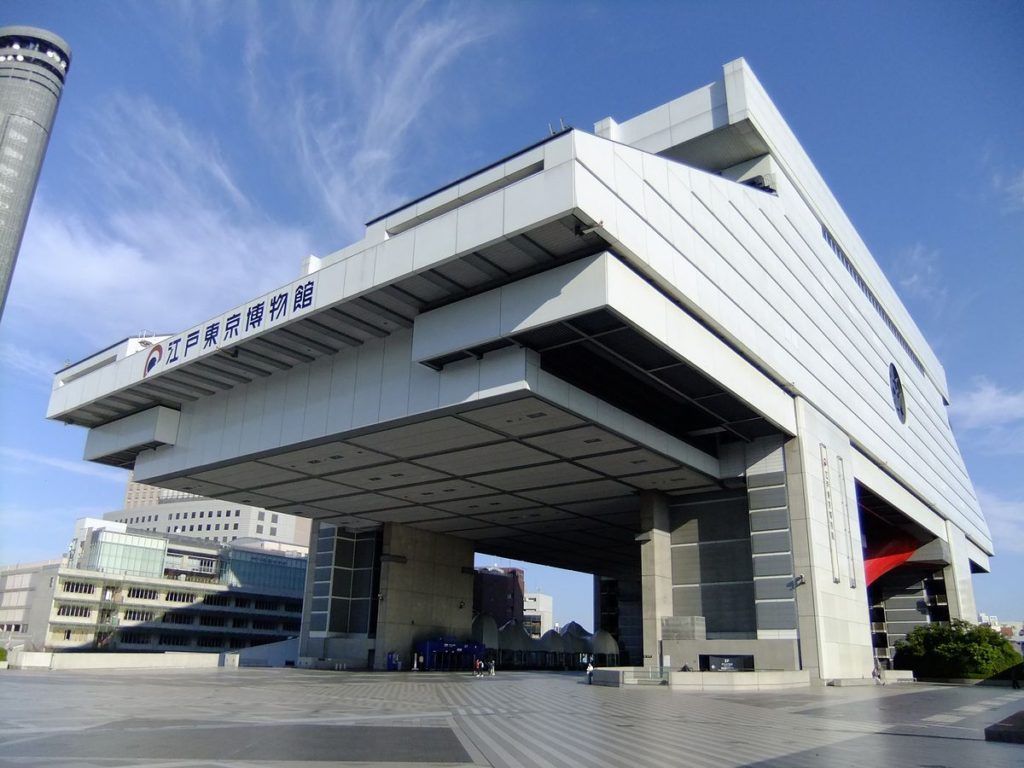
Information(Access, Price/Charge, Tel, Address, Official site, etc.)
| Name: | Edo Tokyo Museum |
| Adresse: | Yokoami 1-4-1 Sumida-ku, Tokyo 130-0015 Japan |
| Access: | Toei Metropolitan Subway Oedo-sen Line “Ryogoku-eki Station” (2 minutes walk) |
| Tel: | (+81) 3-3626-9974 |
| Price: | 600 yen (Adult) 480 yen (College Students & Vocational School Students) 300 yen (Junior high school Students & High school Students) Free (Primary School Students & Preschool Children) Please refer the official web page. |
| Official site: | https://www.edo-tokyo-museum.or.jp/ |
Leave a Reply